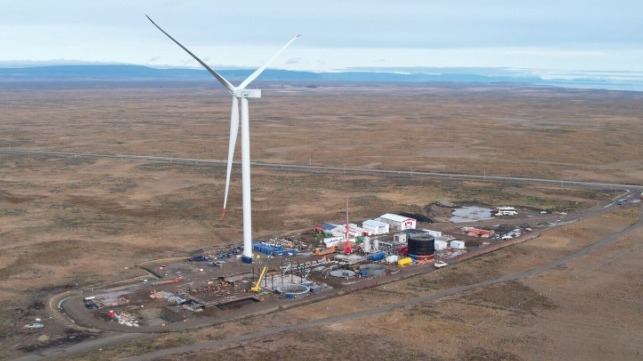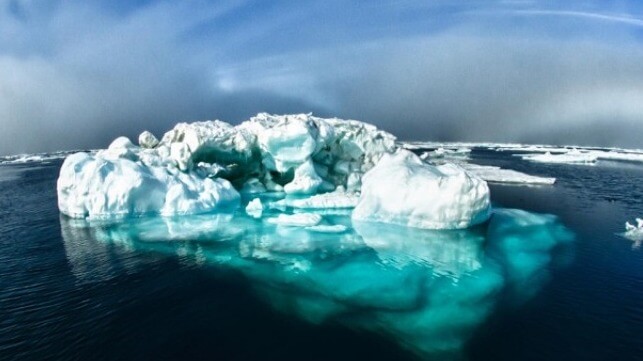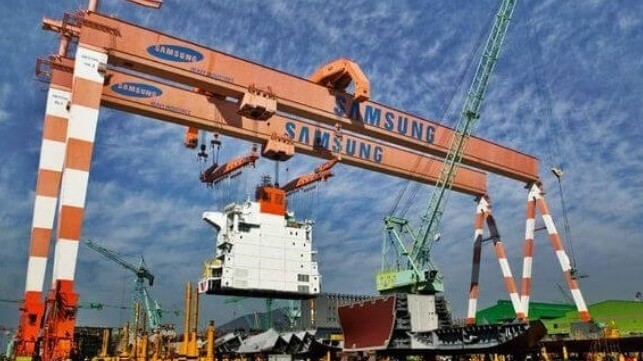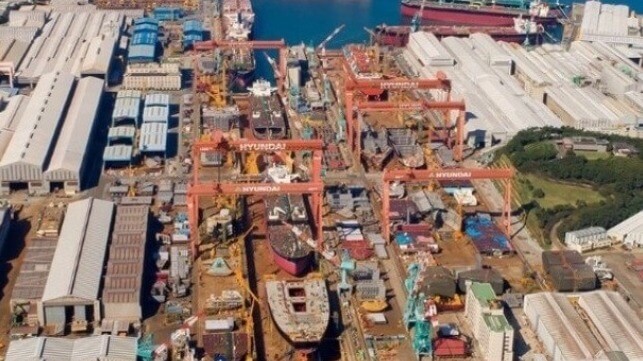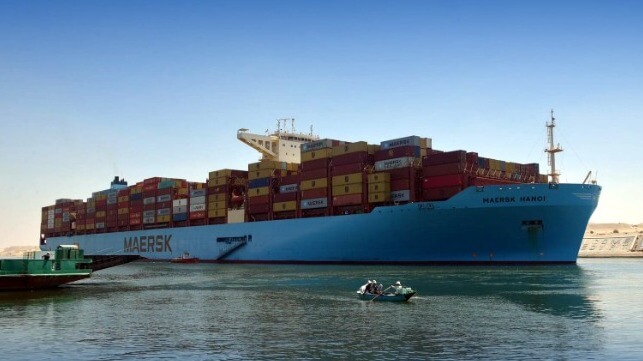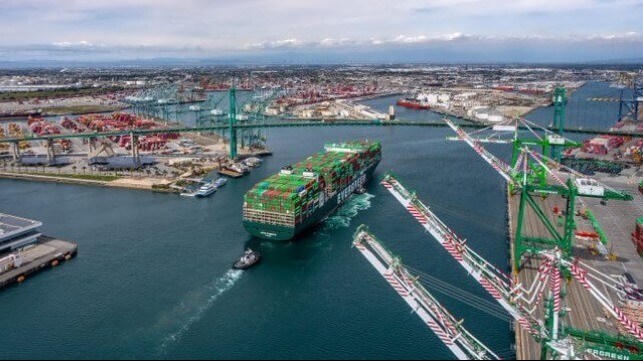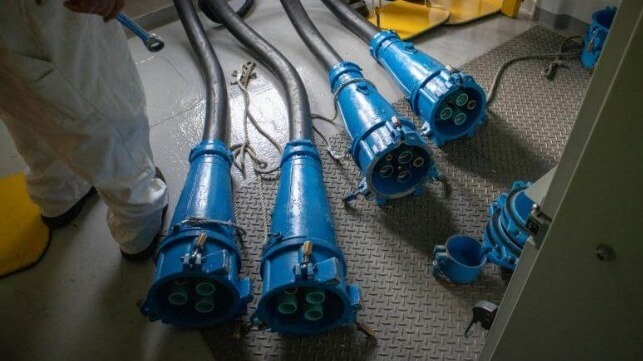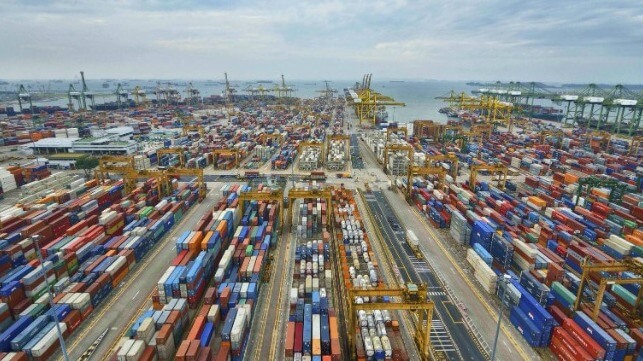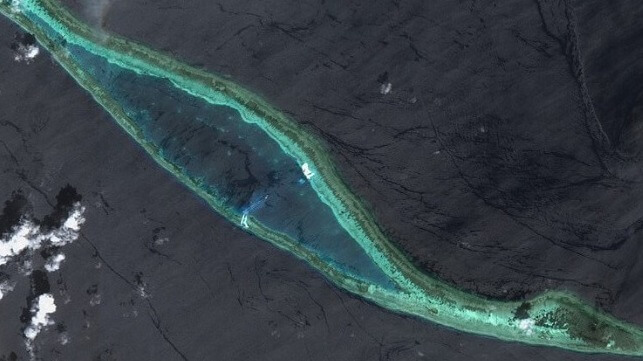[By Yasna Mussa]
The Chilean government has set out ambitious plans and targets to develop green hydrogen, and to grow an industry it believes holds much promise for the country. Chile has some of the best natural conditions in the world for the renewable energy needed to produce the gas, and the government says that pursuing the fuel would help put the country on the path to decarbonization.
These advantages have been enthusiastically promoted, but local organizations say a lack of information about these plans – and the speed with which they are progressing – is concerning.
In May, Chilean President Gabriel Boric’s administration introduced the Green Hydrogen Action Plan following a consultation with a committee of experts. This set of 80 measures is designed to establish social and environmental safeguards as the industry scales up, building upon the plans that Chile’s former president, Sebastián Piñera, laid out during his second term (2018–2022).
Chile has three main goals for its hydrogen industry: to produce the world’s cheapest green hydrogen by 2030; to be among the top three exporting countries by 2040; and, by 2025, to have 5 gigawatts of renewable energy capacity dedicated to electrolysis, the process of splitting water with electricity that is used to create “green” hydrogen.
A 2020 study commissioned by the government said green hydrogen development should create at least 94,000 jobs by 2050. During May’s presentation of the Green Hydrogen Action Plan, President Boric said: “We want to position ourselves as one of the most competitive producers in the world, being a leading exporter by 2040.”
For the government and the industry, a significant part of that potential lies in the southern region of Magallanes. Its wind energy could be harnessed to produce as much as 13% of the world’s green hydrogen, according to a study by the Chilean energy ministry.
The Association of Green Hydrogen Producers of Magallanes (H2V Magallanes) reports that investments in nine projects have been so far established in the region.
A green hydrogen race
The economy of Magallanes is currently driven by cattle ranching, the fossil fuel industry, tourism and fish farming. However, its location as the southernmost region of Chile, and one of the least populated, could be ideal for green hydrogen development: the latest census from 2017 registered 166,533 inhabitants across its generous surface area of 132,297 square kilometers.
Anahí Urquiza, a doctor in natural sciences and member of the Green Hydrogen Action Plan’s strategic committee, explains the appeal of Magallanes: “These are places that have a very good quality of renewable energy potential, but also large territories available to install wind farms or solar panels.”
Dialogue Earth spoke to Ana María Ruz, the executive director of the Green Hydrogen Industry Development Committee, an initiative of the government’s Production Development Corporation (Corfo). Ruz echoes Urquiza: “There is an extensive territory available, most of it far from the most relevant urban centres… Winds in Magallanes show [capacity] factors – that is, the percentage of time the plant is generating energy – close to 60%, which is even higher than [Europe’s] North Sea parks.”
In order to meet the region’s green hydrogen capacity goals, authorities are planning to convert the Gregorio Maritime Terminal – the southernmost crude oil refinery in the world. Chile’s National Petroleum Company (ENAP) and six international energy companies signed a deal for the project in 2023.
Another project earmarked for San Gregorio is the Haru Oni plant, which would be run by the energy company Highly Innovative Fuels. Harnessing the Strait of Magellan’s consistent strong winds via turbines, this energy would power the electrolysers that split water into its components: oxygen and hydrogen. This green hydrogen would then be combined with carbon dioxide to produce synthetic methanol, which is the basis for electrofuels, or e-fuels. (E-diesel, for example, can be used for transport.) Currently in its pilot phase, Haru Oni could be among the first operational e-fuel plants in the world.
Companies from Spain, Belgium, Italy, the United States and China are interested in setting up production plants in Chile, according to Corfo. In October 2023, President Boric made a state visit to China during the Third Belt and Road Forum, during which technology and innovation exchanges were a prominent topic. The Chilean delegation included the general manager of H2V Magallanes, María Isabel Muñoz.
Dialogue Earth consulted Paulina Ramírez, a researcher at the University of Chile’s Energy Centre who also works on projects associated with the green hydrogen action plan. She stresses the importance of the country becoming a pioneer in the nascent industry: “This is an opportunity to take advantage at a time when the competition is still being established.”
Part of the green hydrogen challenge, explains Ramírez, is adapting and developing the necessary infrastructure and equipment. “In Chile, we have the opportunity to host the entire value chain in-house,” she adds.
Like any gamble, Chile’s green hydrogen plans involve risk: success will depend not only on domestic progress, but also global demand trends. But Ramírez believes early action will be rewarded. “The first country that achieves mass production and closes a contract with another country is the one that will secure the market,” she says. “In the end, it is a competition.”
A new ‘sacrifice zone’?
Though green hydrogen developments are arriving thick and fast in Magallanes, they are building in tandem with environmental concerns.
The Gregorio Maritime Terminal takes its name from the bay and wetlands of San Gregorio of the Strait of Magellan’s northern coast, an area of immense biodiversity. The area’s tidal characteristics and freshwater wetlands make it rich in algae and attractive to a diverse range of birds, including the endangered red canquén.
Local civil society organizations, scientists, and experts are concerned that while the dominant narrative surrounding green hydrogen underscores its displacement of fossil fuels, producing it at scale could require large tracts of land and may see ecosystems sacrificed – something they point as being not quite so “green.”
Such sacrifices in the name of industry have already been made in Chile, including at Quintero-Puchuncaví Bay in the central region of Valparaíso. Its industrialisation began in the 1960s, bringing thermoelectricity, chemical, and oil production to the area. The subsequent pollution has directly affected the health of local inhabitants and their ecosystems, and seen such areas dubbed as “sacrifice zones”.
The role of water in green hydrogen production has been another source of concern, with the regions of Chile that have been earmarked for green hydrogen development lacking the requisite fresh water supplies. This has prompted strategies involving salt water treatment to be planned for several projects. According to a recent report by International PtX Hub, a green hydrogen initiative from the government of Germany, Chile’s green hydrogen industry will consume 107 million cubic metres of desalinated water annually by 2030.
“Desalination plants also have a big impact,” explains Urquiza. “Especially if designed on a large scale, as in the case of Magallanes. It would undoubtedly have a tremendous environmental and social impact, because it means transforming a region where you have to build large ports, increase traffic, and generate a large migration of workers to these territories.”
Urquiza warns green hydrogen should not be seen as a “silver bullet”, rather an alternative that requires exploration; if green hydrogen generation is not developed to be sustainable, this emerging industry will thwart its own environmentally positive aims, she says.
Community interventions
“The truth is that the green hydrogen industry is already established in the Magallanes region,” says marine biologist Gabriela Garrido, who is also a part of the Citizen’s Panel on Hydrogen in Magallanes, a region-wide network of environmental and scientific organisations. Garrido is concerned that there are already companies advancing with projects in the region. She claims they have been gathering information and carrying out monitoring for the past three years, regardless of whether these projects are ultimately approved by the state’s environmental assessment service.
In December 2023, a coalition of regional and national organizations signed an open letter to the government, imploring President Boric not to create a new “sacrifice zone” in Magallanes. The letter identifies and rejects “the way in which the government and private companies are promoting the development of the ‘green’ hydrogen industry throughout the country, with the case of the Magallanes Region and the Chilean Antarctic being of extreme concern.”
Garrido claims the industry “is already putting pressure on the territory in social, media and political terms, and also intervening in localities and communes that are extremely vulnerable, where it is very easy to arrive with a briefcase full of hope and money.”
This pressure has translated into the presence of professionals sent by companies already installed in Magallanes, Garrido claims, adding that they are attempting to exert influence in various areas: neighborhood councils, cultural committees, offering gifts to schools such as greenhouses, as well as through talks and other types of services. “They intervene in the social fabric,” she says.
The Citizen’s Panel on Hydrogen in Magallanes is concerned about such interventions in these isolated communities, which Garrido says are typically neglected by state and regional authorities; the possibility of jobs and investments in local public services is inevitably welcomed. “They are communes that have deficiencies in terms of electricity, sewage, internet connection, education and health,” she explains. “When you come with these promises, it is very easy to charm.”
The companies represented by the Magallanes hydrogen association did not respond to questions posed by Dialogue Earth. Ana María Ruiz from Corfo said that the Green Hydrogen Action Plan included a wide public participation from people in Magallanes and that not everyone there is against the industry. She said the industry is developing in a “planned and orderly” way and taking into consideration social and environmental aspects, adding local value.
Urquiza recognizes that Chile’s green hydrogen ambitions are built upon uncertainties and rely on underdeveloped technologies: “There are several problems that have not been solved in order to lower the costs of energy production so that it is viable and can effectively have an impact on the energy transition in different sectors.”
Garrido echoes these technical concerns: “The problem has to do with the fact that this way of attacking the decarbonization of the energy mix is not yet technologically viable.”
According to its Green Hydrogen Action Plan, the Chilean government will establish the necessary social, environmental and labor standards for the industry by 2026. Before his term finishes at the end of 2025, President Boric expects to have confirmed between 10 and 12 green hydrogen projects for the country.
Yasna Mussa is a Chilean freelance journalist whose work has been published in the New York Times, Washington Post, La Tercera, El País and Radio France International, among other outlets. She is the co-founder of Revista Late.
This article appears courtesy of Dialogue Earth and may be found in its original form here.
The opinions expressed herein are the author's and not necessarily those of The Maritime Executive.
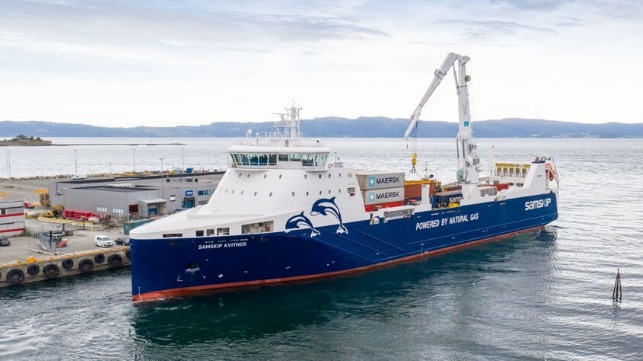
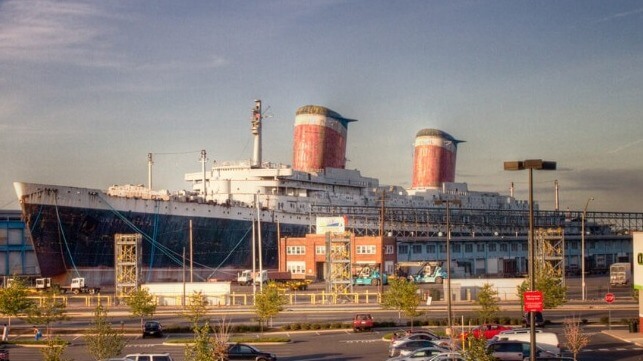
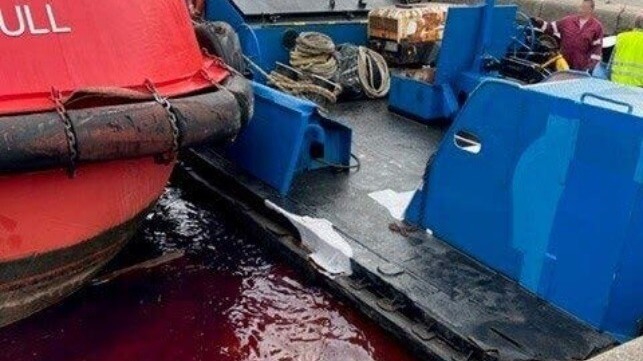
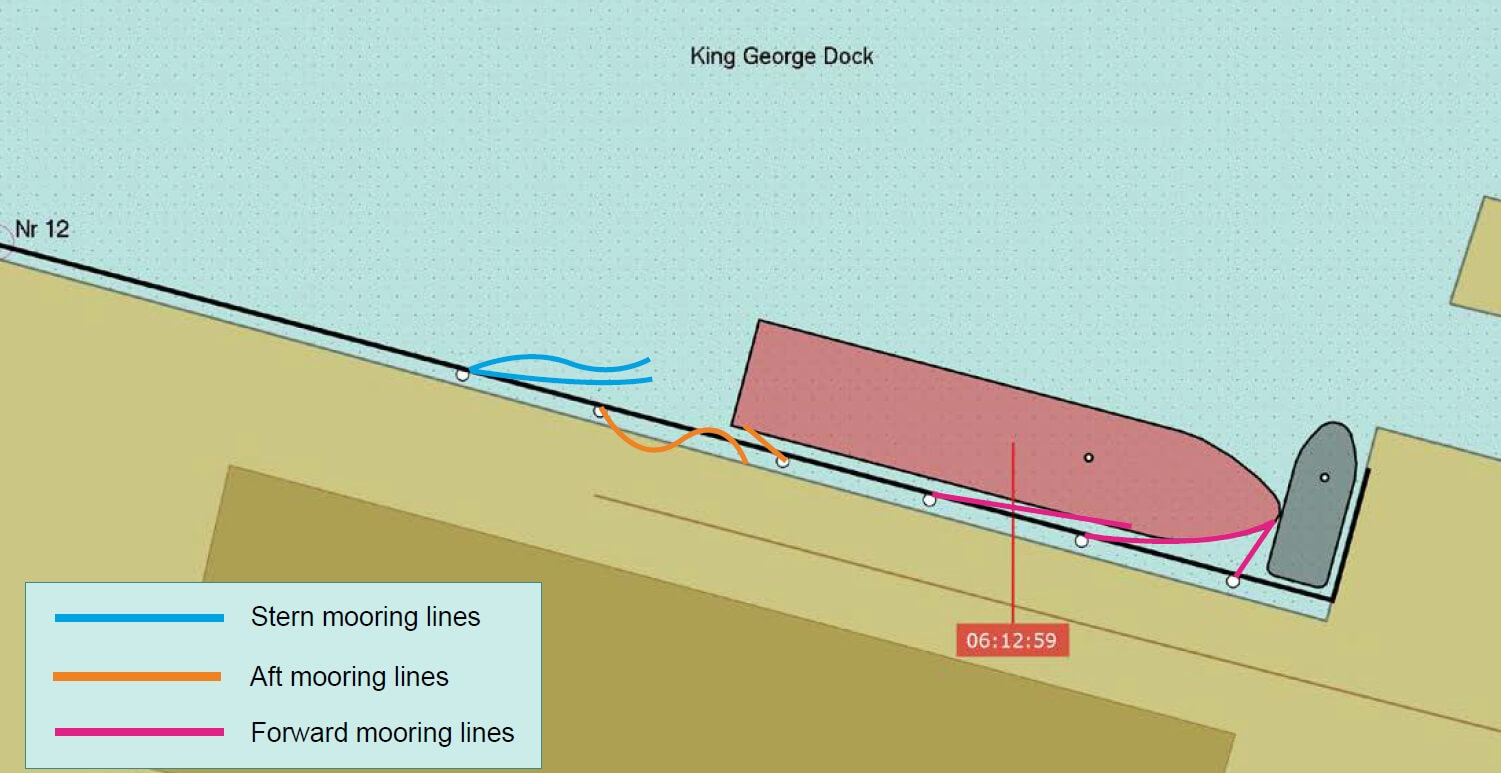 Illustration courtesy MAIB
Illustration courtesy MAIB